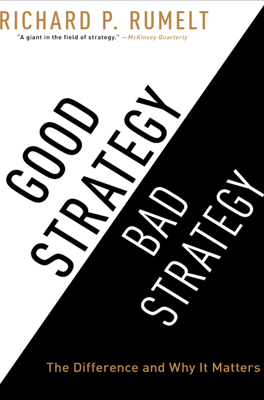Inertia and Entropy
Inertia and entropy play significant roles in the dynamics of organizational change and efficiency. Inertia refers to the resistance within organizations to adapt to change, manifesting in routines, cultural norms, or external customer behavior (inertia by proxy). Entropy, reflecting the concept from physics, describes how systems tend to move towards disorder without continuous effort to maintain order and purpose.
Organizational Inertia
Organizational inertia can be categorized into three types:
- The Inertia of Routine: Established procedures and methods can limit an organization's ability to adapt to changes. For example, deregulation in the airline industry exposed the reliance of airlines on outdated business models, causing significant financial losses until new, adaptive strategies were implemented.
- Cultural Inertia: This form refers to deep-rooted norms and mindsets within an organization that resist change. An example is AT&T’s struggle in the mid-1980s to transition from a monopolistic structure to an innovative tech company, hindered by its culture which was focused more on research than on product development.
- Inertia by Proxy: Sometimes organizations do not respond to change not because they cannot, but because doing so would disrupt profitable streams. This form of inertia is highlighted by traditional banks during the 1980s financial changes, where older banks resisted offering new, higher-interest accounts to retain profitable, albeit less sophisticated customers.
Impact of Entropy
Entropy in organizations leads to a loss of focus and efficiency over time, necessitating continuous managerial effort to maintain order. Without intervention, products and services become cluttered and organizational operations grow inefficient.
- Case Analysis: Denton’s Inc.: A detailed analysis at Denton's, a chain of garden supply stores, showed how entropy had led to a distribution of performance across its outlets. By applying simple management solutions and best practices, the family-managed business was significantly revitalized, improving both profits and efficiency.
- General Motors and Entropy: Over decades, General Motors exemplified entropy by losing the strategic clarity and differentiation between its divisions that Sloan's initial strategy had established. This blurring of distinctions led to internal competition and a loss of market focus, playing a key role in the company's eventual bankruptcy in 2009.
The chapter underscores the need for continuous management and strategic adjustments to combat inertia and entropy, illustrating how organizations must constantly strive to adapt, optimize, and renew their strategies and operations against internal and external pressures that drive them towards stasis and disorder.
